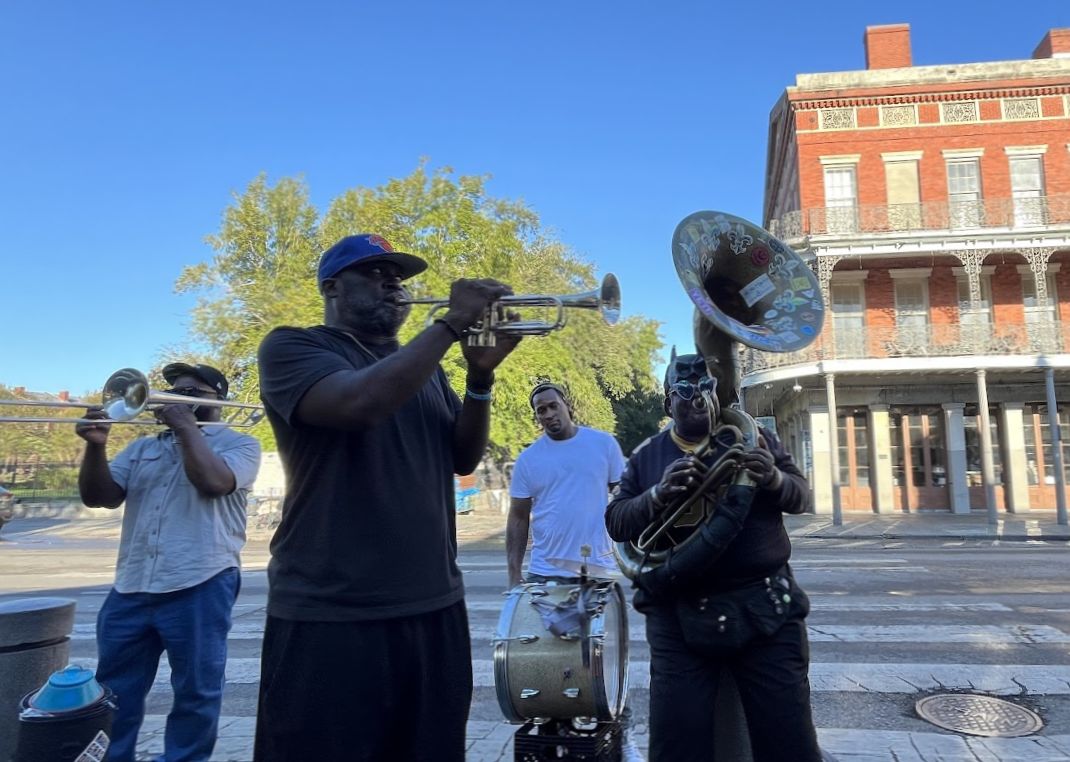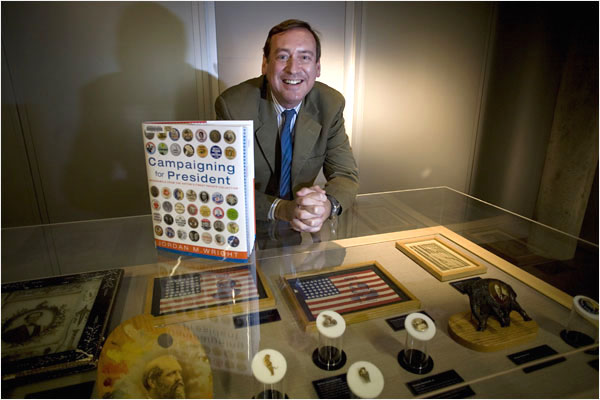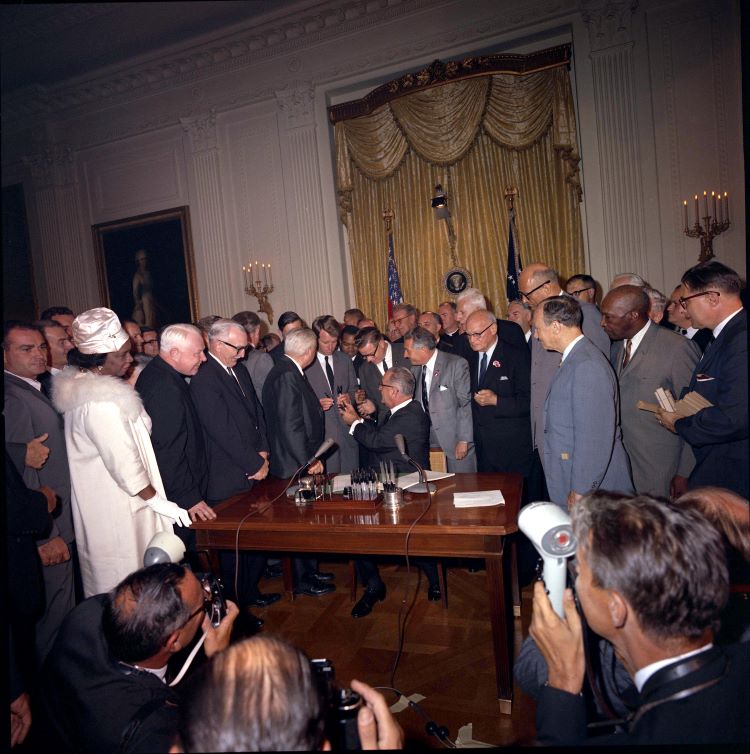Photographs by Edwin S. Grosvenor unless otherwise credited.

The historic centers of most American cities disappeared long ago. Boston and Philadelphia saved some of their most important monuments, and Richmond, Charleston and Savannah have lovely historic districts. But only in New Orleans are you able to stroll block by block through an assortment of buildings more a century old, with many structures still standing from the 1700s and early 1800s.




